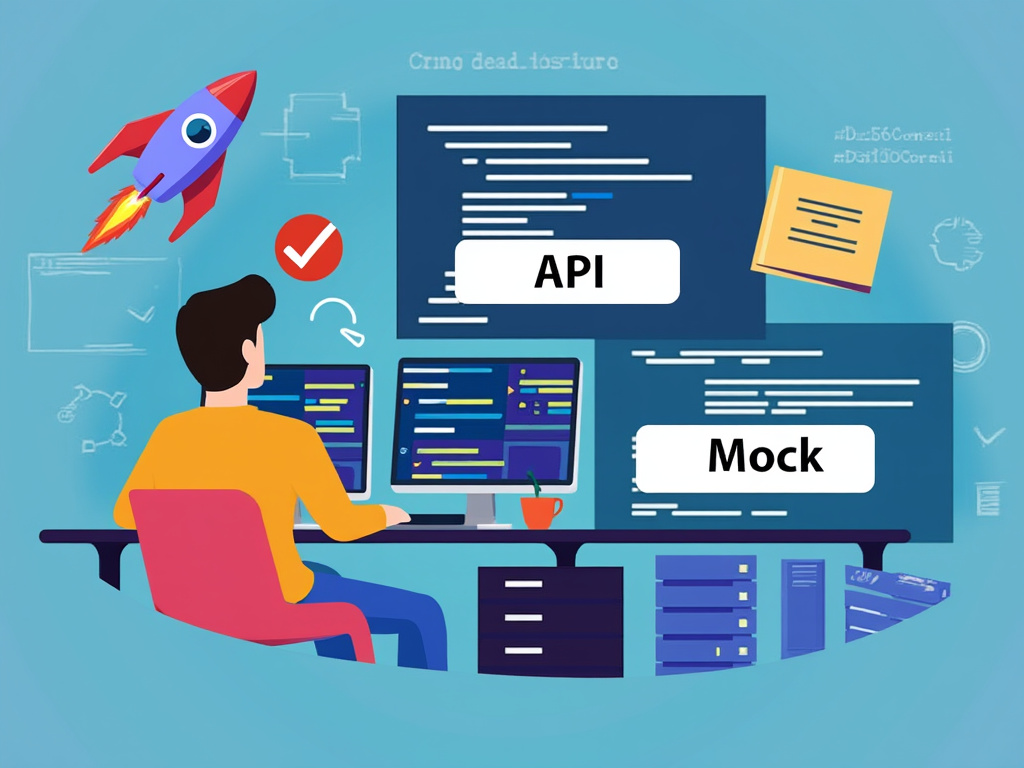
Imagine you’re in a race against time, where every minute counts in delivering a feature-rich application. Now, think about how often you’ve been held back by waiting for APIs to be ready. The magic wand in this scenario? API Mocking.
What is API Mocking? API mocking allows developers to simulate the behavior of an API before it’s fully implemented or available. It’s like having a stunt double for your APIs, allowing you to work on your application’s front-end or other dependent parts without waiting.
Top Open-Source Tools for API Mocking
- Mockoon:
- Ease of Use: No remote deployment or account needed. Simply download and start mocking.
- Features: Dynamic responses, rule-based mocking, and even supports Docker for easy integration into CI/CD pipelines.
- Use Case: Perfect for those quick mock setups during feature development or testing.
- WireMock:
- Java Integration: Seamlessly fits into Java environments, especially useful for testing with JUnit.
- Advanced Features: Offers conditional responses based on request parameters, making it ideal for complex testing scenarios.
- Use Case: Simulating different API behaviors in automated tests or for staging environments.
- Prism by Stoplight:
- OpenAPI Friendly: Converts OpenAPI specifications into a mock server, ensuring consistency between design and test phases.
- Integration: Can be used with other Stoplight tools for a seamless API development lifecycle.
- Use Case: Quickly mock out APIs based on existing or planned specifications.
Statistics and Performance:
- Speed: Teams report up to 50% faster development cycles when using mock APIs.
- Quality: A 70% decrease in integration issues during production releases has been observed.
- Adoption: A survey among developers showed that 85% have used or considered using API mocking tools in their workflow.
Benefits of Using Mock APIs:
- Parallel Development: Front-end and back-end teams can work simultaneously, reducing bottlenecks.
- Cost Efficiency: Reduces the cost associated with waiting time or last-minute fixes due to integration issues.
- Enhanced Testing: Mock APIs allow for testing under various conditions, enhancing application robustness.
Practical Examples:
- Scenario 1: A new social media platform needs to test user profiles without a live database. Mockoon can be used to simulate user data responses.
- Scenario 2: An e-commerce site wants to test payment processing with multiple scenarios like success, failure, or timeout. WireMock’s conditional responses come into play here.
- Scenario 3: A company is redesigning their API. Prism can be used to mock the new API structure, allowing developers to start integrating with the new design before it’s finalized.
Industry Insights:
- The Shift Left – More companies are adopting a “shift-left” approach where testing is done earlier in the development cycle, heavily relying on mock APIs.
- Microservices Architecture – With the rise of microservices, the need for isolated testing environments has increased, making API mocking even more crucial.
Conclusion: Your API Mocking Journey
Embrace API mocking to not just survive but thrive in today’s fast-paced development environments. Whether you’re a lone developer or part of a large tech team, tools like Mockoon, WireMock, and Prism are your allies in achieving efficiency, quality, and innovation in software development.




